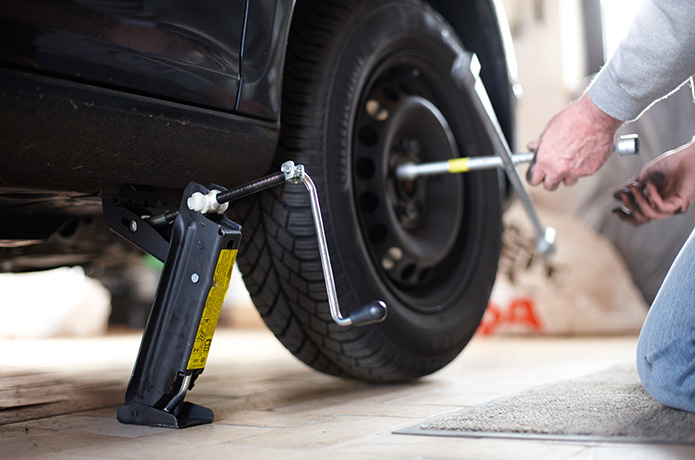Magazine
Replacing Your Tyres
- How do you know when to replace tyres?
- How many tyres should you replace?
- What’s the best and safest option?
How do you know when to replace tyres?
Although previous articles have addressed matters such as general tyre care, however careful a driver you are and irrespective of how much attention you place on ensuring that your tyres are in the best condition and are at their correct pressure, they gradually wear and will eventually need replacing.
To help motorists know when they need to be replaced, tyre manufactures build in wear indicators, which are small ridges generally at the bottom of the major grooves that run along the circumference of the tyre, to allow drivers to easily assess the remaining tread depth and so know when the time has come for new tyres to be fitted.
These ridges are usually 1.6mm high, to match the minimum legal depth accepted in most countries. So, when they are flush with the remaining tread left on the tyre, the tyre has reached this legal minimum and must be replaced.
It is worth pointing out however, that tyre manufacturers do not recommend letting your tyres reach this level of wear and usually suggest tread depth of less than 3mm is the point at which they should be replaced. It is worth stating that this isn’t simply profiteering on their part, but the level at which the performance of the tyre, particularly in wet weather, begins to drop.
How many tyres should you replace?
Whether you make the decision to replace your tyres at the recommended or legal minimum is naturally your choice, but when you do, how many tyres should you replace and where on the car should they be fitted?
This might initially be a strange question, because the obvious answer would appear to be those that are sufficiently worn and where they are currently fitted. This however, is not the advice of tyre manufacturers and specialists.
What’s the best and safest option?
Unless of course all four tyres are being changed at the same time, the first principle to apply is to always replace tyres in pairs. Replacing just one, wherever it is placed on the car, is particularly dangerous as it will behave very differently to the remaining tyres, especially the one on the other side of the same axle, and lead to very unpredictable handling, which will be exaggerated further in adverse weather conditions and when the road surface is wet.
The second is to ensure the new pair is fitted to the rear axle, because this provides the vehicle with the greatest stability, irrespective of whether your car is front or rear wheel drive.
Although this might sound a little counterintuitive, especially when the vehicle’s steering and the majority of its braking is transferred through the front wheels, vehicle manufacturers generally bias their vehicles with gentle oversteer, which means there is less risk of the back of the car loosing grip and potential spinning around. If, however, the tyres with the deepest tread are on the front, this design bias is compromised.
Therefore, even if it is only the front tyres that you need to replace, the rear tyres should be moved to the front axle and the new tyres fitted to the rear, provided of course, that both the front and rear wheel/tyre sizes on your vehicle, are the same.

